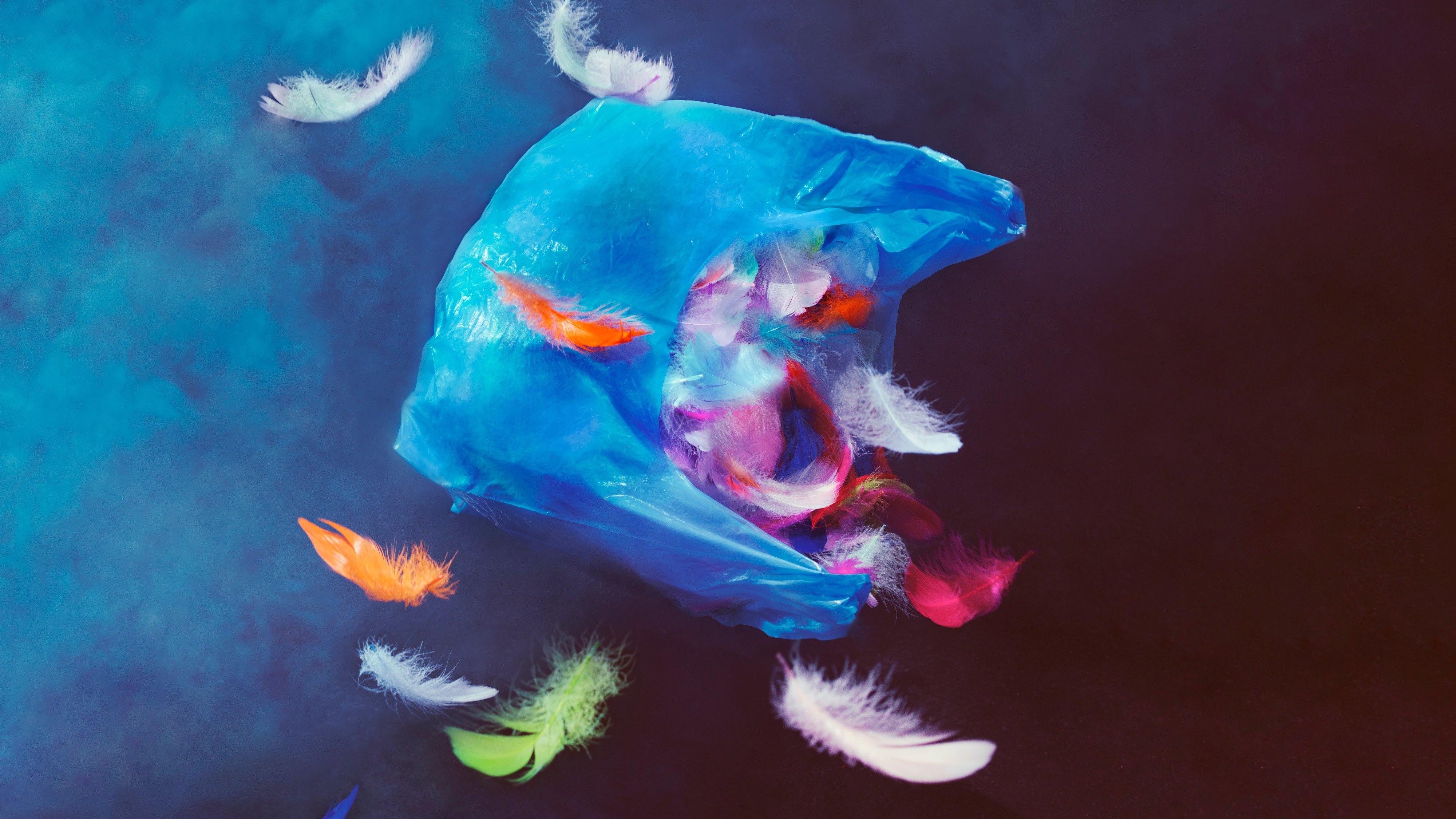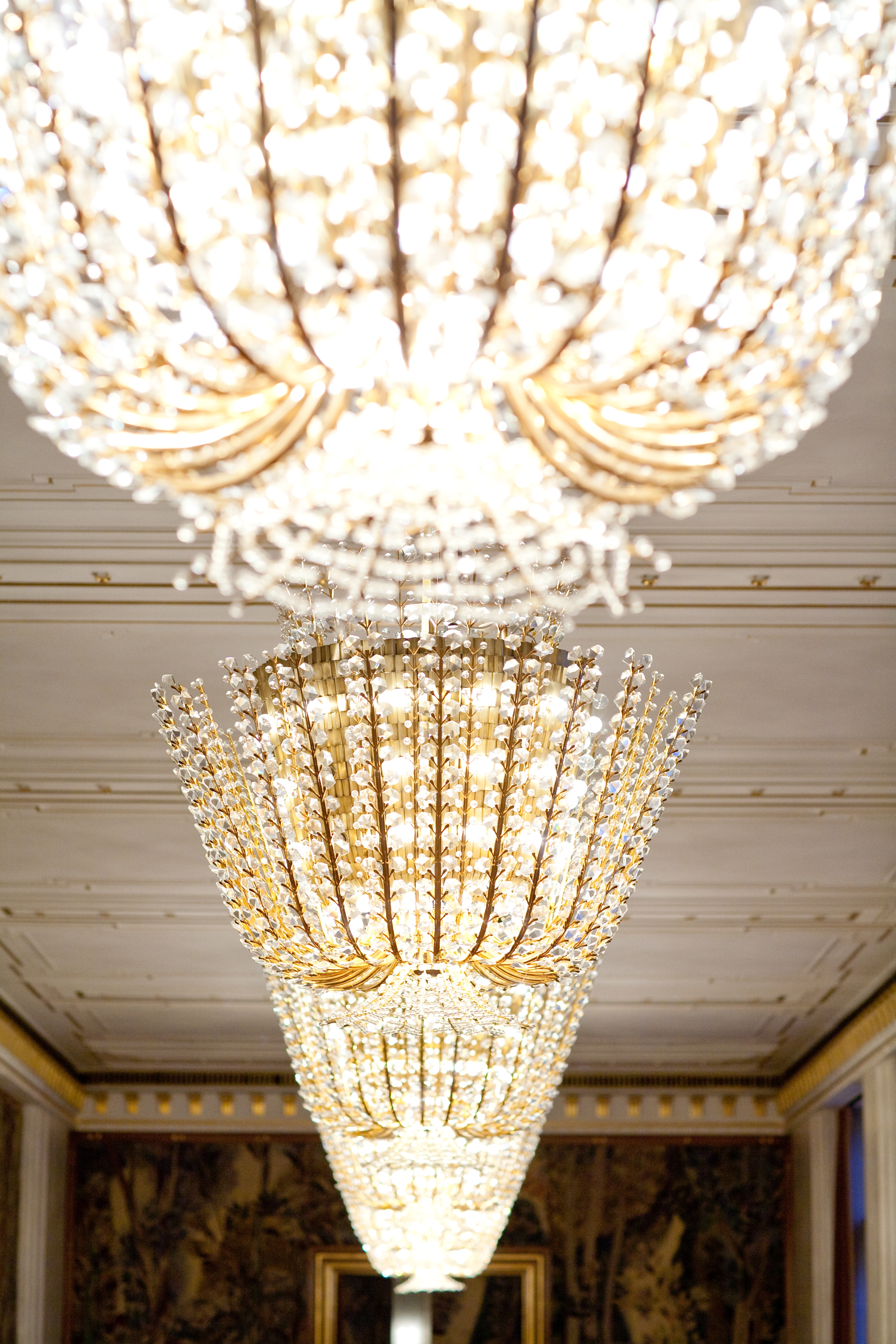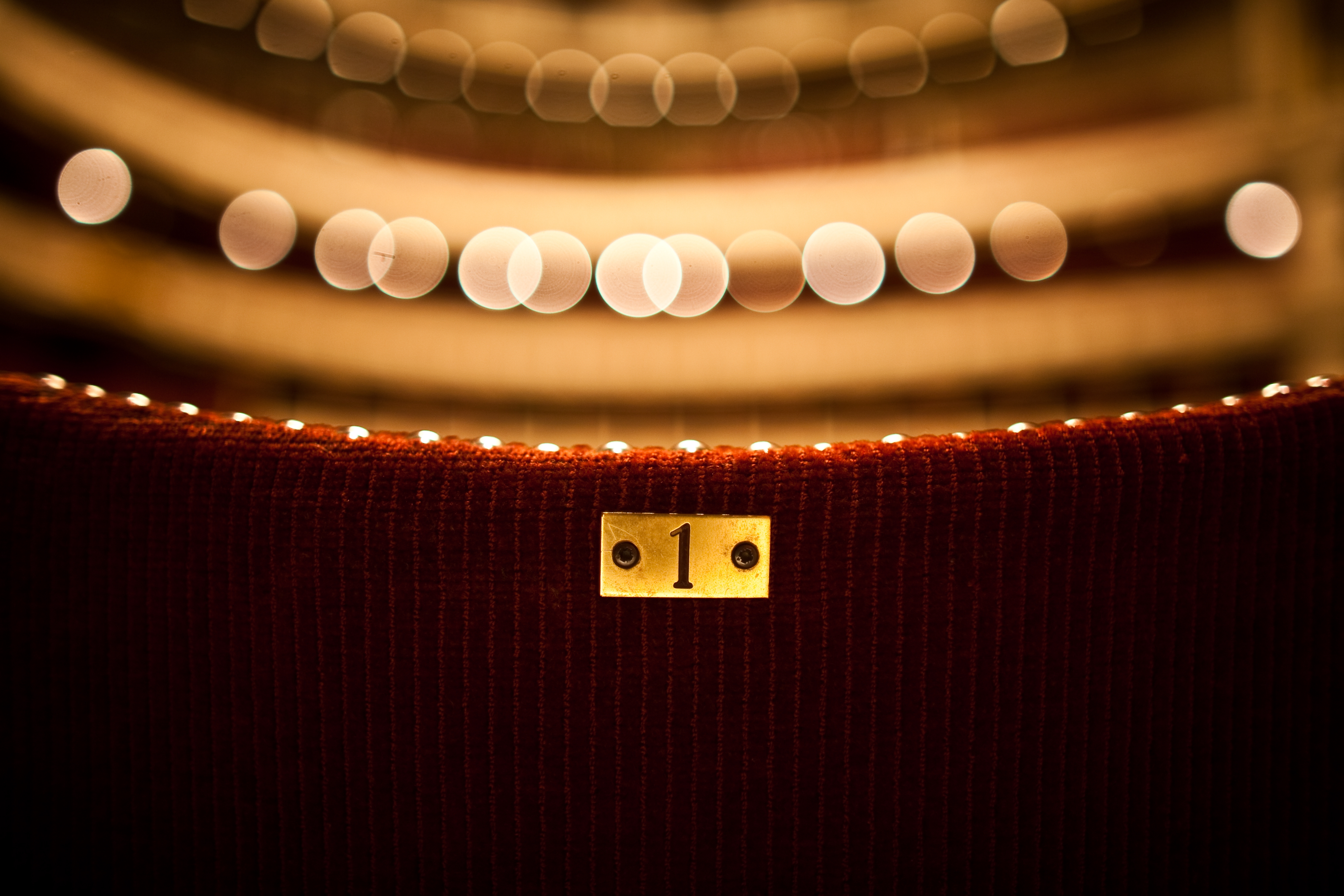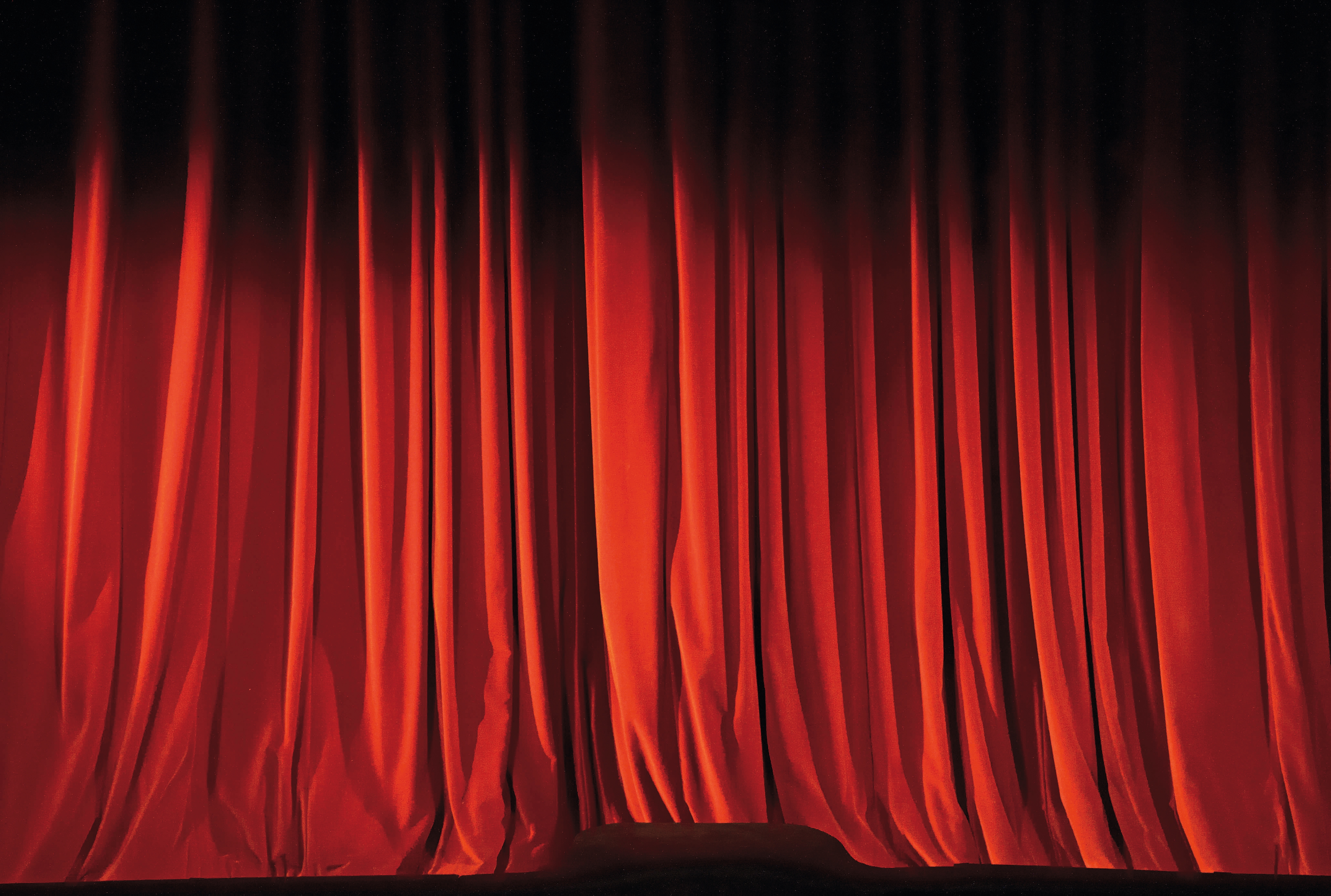Short Summary
The young Prince Tamino is commissioned by the Queen of the Night to rescue her daughter Pamina - with whom he falls in love at the sight of a portrait - from the hands of Sarastro.
Together with Papageno, he sets off on his journey. In the course of his undertaking, Tamino recognizes Sarastro's kindness. He passes several tests and, together with Pamina, is allowed to take Sarastro's place as a reward. Papageno also finds a suitable partner: Papagena.
Die Zauberflöte
Storyline
The young Prince Tamino is pursued by a dangerous snake. At the last moment, three enigmatic ladies save the unconscious man and kill the snake.
when Tamino regains consciousness, he meets Papageno. The three ladies give Tamino a portrait of Pamina, the daughter of the Queen of the Night. The prince falls in love with the picture and promises the queen to free Pamina from the hands of Sarastro, who has stolen her away. Together with Papageno, he sets off on his journey: Tamino is given a magic flute and Papageno a glockenspiel to help him. Papageno, who has been sent ahead by Tamino, meets Pamina, who is being harassed by the slave Monostatos. Papageno puts Monostatos to flight and wins Pamina for Tamino. As they try to make their escape, they are surprised by Sarastro and his entourage.
Tamino recognizes Sarastro's kindness.
however, in order to become a fully-fledged member of his priesthood, he must - together with Papageno - pass several difficult tests. Tamino succeeds in mastering all the tests in an exemplary manner and, together with Pamina, is allowed to take Sarastro's place as a reward. Papageno, who was not so successful, is nevertheless given a partner to match him - Papagena.
"Mozart's melody is - detached from any earthly form - the thing in itself, hovering like Plato's Eros between heaven and earth, between mortal and immortal - freed from the 'will' - the deepest penetration of the artistic imagination, of the unconscious, into the last secrets, into the realm of the 'primal images'." (Richard Strauss)
Mozart's Magic Flute, largely composed between spring and autumn 1791, was premiered at the Freihaustheater auf der Wieden in Vienna. The libretto for the opera was written by Emanuel Schikaneder, the impresario of the theater,
who also played the role of Papageno. In his Magic Flute libretto, Schikaneder was guided by the prevailing suburban theater custom, combining elements of various fairy tales with well-known musical theater material of his time. Thus individual
Influences from the intellectual world of the Freemasons, the Egyptian and the popular and mysterious can be found. The first performance of The Magic Flute in today's Vienna State Opera took place on September 1, 1869 - the opera had previously been considered for the opening of the opera house on May 25, 1869. Magic Flute motifs can also be found in the decoration of the building - for example in the frescoes of the Schwind loggia.



